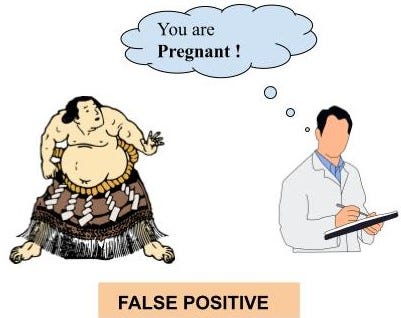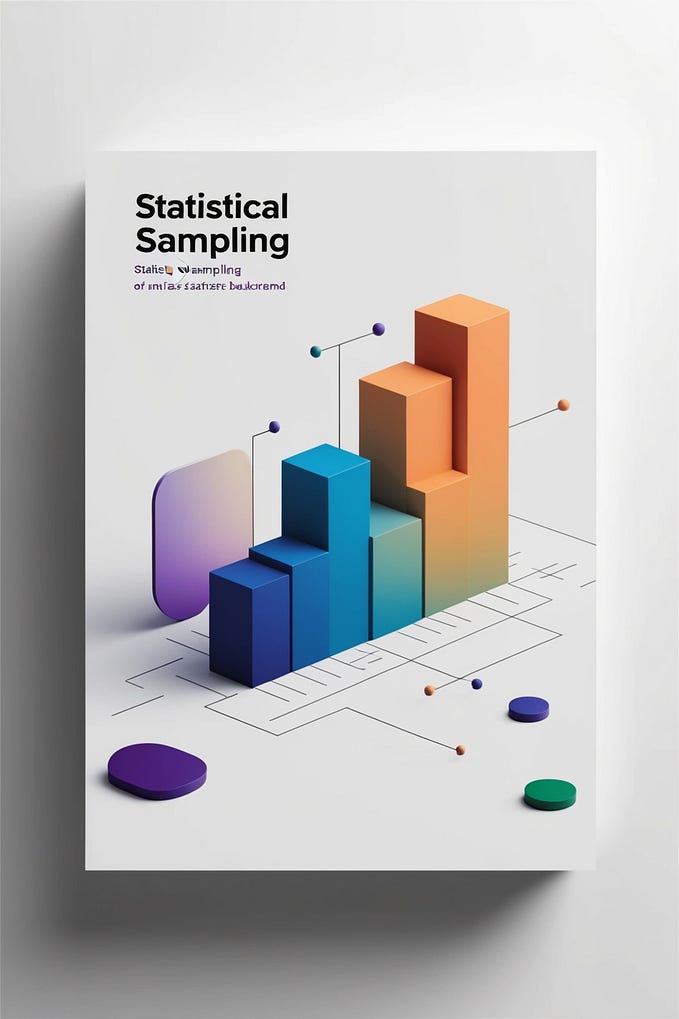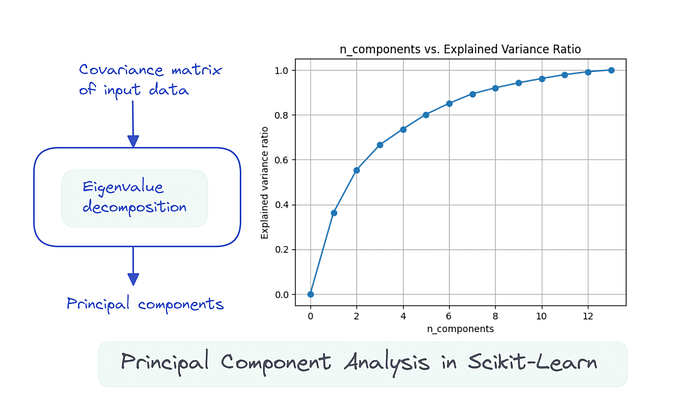Statistics for Dummies: 101
Introduction to Statistics
I am going to take you dummies through an easily understandable journey to get a good grip on Statistics. Statistics can be scary but quite useful once you dive deep into it! It will be a series of articles focusing on different parts of statistics which you need to know. I am always open to feedback. Feel free to post any questions, suggestions or something you’d like to see an article about, in the comments section below. You can access the links to the other articles in the series in the Journey Links section at the bottom.
In this article:
Introduction
What is Statistics?
Why Study Statistics?
Data Collection
Descriptive Statistics
Inferential Statistics
The purpose of statistical analysis
Conclusion
Journey Links
Introduction
Statistics is a subject that relates to the collection, organization, and interpretation of numerical data. The purpose of statistical analysis is to examine data, make conclusions about the data, and communicate those conclusions to others.
Descriptive statistics are used to summarize a set of values by measuring their central tendencies (mode), variability (mean), dispersion (standard deviation) or more complex measures such as skewness and kurtosis. Inferential statistics deal with testing hypotheses on the basis of sample populations in order to draw conclusions about other populations.
What is Statistics?
Statistics is the science of collecting, analyzing and presenting data. It’s used in every aspect of everyday life because it allows you to make better decisions and test hypotheses. Statistics can be applied to business, government or science.
In a business setting, statistics may be used to determine which products are selling well or how many customers visit your store on average per week. In government settings, statistics are used when making decisions about things like education policy or health care policy. In scientific research laboratories around the world (including yours), scientists use statistics so they can draw conclusions based on their experiments without having any bias influence them
Why Study Statistics?
Statistics is used in all fields of study, from business to medicine and everything in between. Statistics is a tool for making decisions and predictions about the world around us. It’s also used to analyze data, make inferences from that analysis, or even just describe what has happened in the past.
Data Collection
- Data is a collection of information.
- It can come from many sources, including experiments, surveys and observational studies.
- Data can be qualitative or quantitative in nature. Qualitative data is information that is not measured on a numerical scale (e.g., “I feel happy today”). Quantitative data uses numbers to describe something (e.g., 2 cups of flour).
- The collection process for collecting data varies depending on the type of study being conducted: interviews; questionnaires; observations
Descriptive Statistics
Descriptive statistics is the process of summarizing your data to help you understand it. It’s important for many statistical methods, including inferential statistics and hypothesis tests.
Descriptive statistics can be used to describe any kind of data: qualitative (e.g., opinions), quantitative (e.g., numbers), discrete or continuous. This article focuses on descriptive statistics for numerical data, which may be either discrete or continuous in nature. Discrete variables take on values from a fixed set of numbers; examples include gender and ethnicity. Continuous variables have an infinite number of possible values within their range; examples include height and weight measurements taken at different times during an individual’s life span.
Inferential Statistics
Inferential statistics are used to make conclusions about a population based on a sample. The sample is a subset of the population and has been chosen to be representative of it. The design of your study can have an impact on how well it represents your population, but it’s not as important as sample size. If you’re doing inferential statistics, then you probably already know what a hypothesis is — it’s just an educated guess that needs evidence before being accepted or rejected (like “there will be more boys than girls in my class”).
As with descriptive statistics, there are many ways to use inferential statistics; however, we’ll focus on two: z-tests and t-tests. A z-test measures differences between two means using standard deviations from each mean as weights for each observation’s contribution towards calculating variance within each group being compared (i.e., male/female). A t-test measures differences between two means using standard errors from each mean as weights for each observation’s contribution towards calculating variance within each group being compared.
The purpose of statistical analysis is to examine data, make conclusions about the data, and communicate those conclusions to others.
The purpose of statistics is to examine data and make conclusions about it. The goal is to draw inferences from the data that can be used to make decisions. For example, if you’re running a business and want to know how many units of a certain product should be produced per day, then you’d use statistical analysis on your sales figures and other information about your business (such as cost of materials) in order to determine this number.
Another use for statistics is communicating information: A manager may need an employee’s performance review as part of their annual review process, but without any numbers or averages and medians it would be difficult for him/her to explain how well this person did during his/her tenure at the company! As such he/she will turn towards using statistics instead by providing averages over time which indicates whether there has been improvement or decline since last year’s evaluation (and thusly give reasons why).
Conclusion
In conclusion, we can see that statistical analysis is an important tool for helping us understand the world around us. It allows us to make sense of data and draw conclusions from it, which are useful when making decisions or designing policies.
Journey Links
I will keep updating the list here when new articles are published in the series. Keep an eye on it!
- Statistics for Dummies: 101
Introduction to Statistics - Statistics for Dummies: 102
Types of Data: Nominal, Ordinal, Interval, and Ratio Scales - Statistics for Dummies: 103
Measures of Central Tendency: Mean, Median, and Mode - Statistics for Dummies: 104
Measures of Variability: Range, Variance, and Standard Deviation - Statistics for Dummies: 105
Probability: Definition and Basic Concepts - Statistics for Dummies: 106
Mastering Discrete and Continuous Probability Distributions: Key Concepts and Applications - Statistics for Dummies: 107
Unlocking the Power of Sampling Distributions: Key Insights for Statistical Analysis - Statistics for Dummies: 108
Demystifying Hypothesis Testing: Essential Concepts for Statistical Analysis






